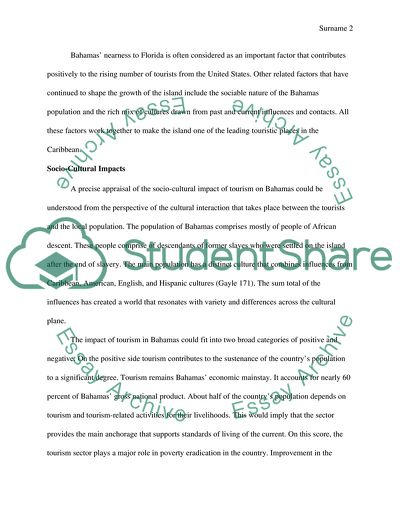Cite this document
(Socio-Cultural Impacts on Tourism in Bahamas Research Paper - 1, n.d.)
Socio-Cultural Impacts on Tourism in Bahamas Research Paper - 1. Retrieved from https://studentshare.org/tourism/1785595-research
Socio-Cultural Impacts on Tourism in Bahamas Research Paper - 1. Retrieved from https://studentshare.org/tourism/1785595-research
(Socio-Cultural Impacts on Tourism in Bahamas Research Paper - 1)
Socio-Cultural Impacts on Tourism in Bahamas Research Paper - 1. https://studentshare.org/tourism/1785595-research.
Socio-Cultural Impacts on Tourism in Bahamas Research Paper - 1. https://studentshare.org/tourism/1785595-research.
“Socio-Cultural Impacts on Tourism in Bahamas Research Paper - 1”, n.d. https://studentshare.org/tourism/1785595-research.


